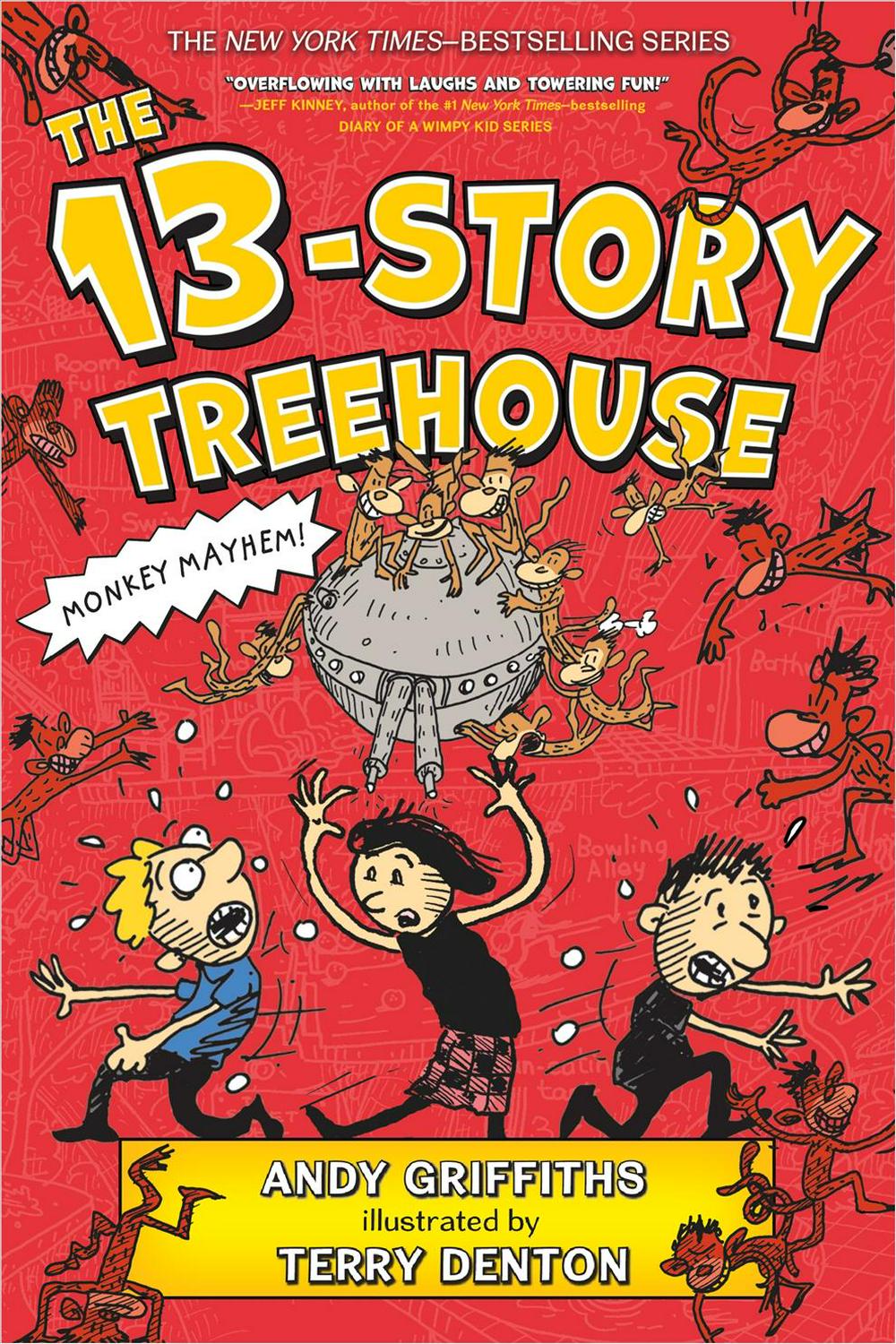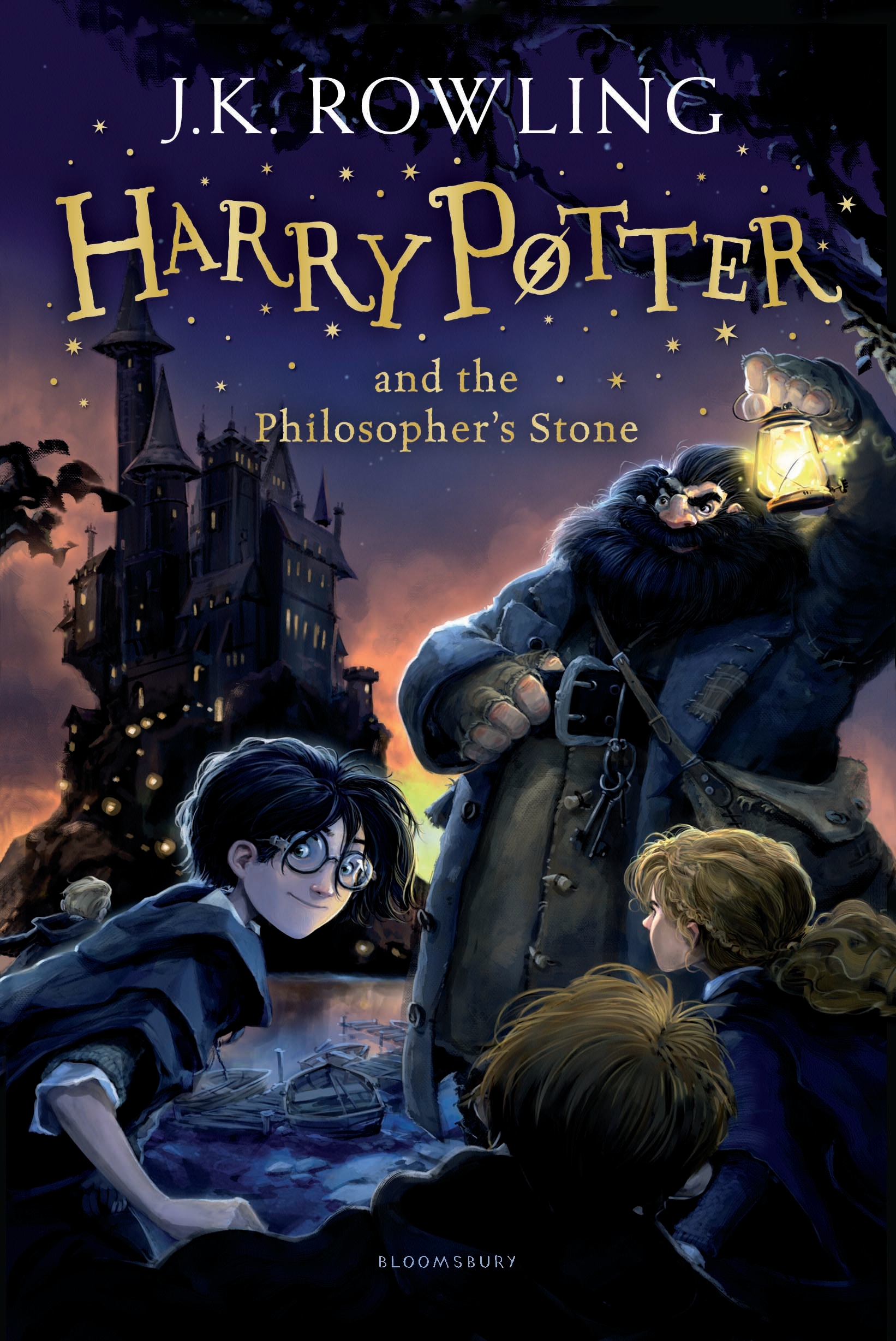It’s the start of the fall semester for many of our American and UK followers so this week on the blog we’ll be sharing our top back to school reads for you. But to start the week, we have this little gem for you.

It’s the start of the fall semester for many of our American and UK followers so this week on the blog we’ll be sharing our top back to school reads for you. But to start the week, we have this little gem for you.

It’s no secret that the books we read can help to shape our lives. As we move through different stages there are often a handful of key books and characters that we relate to and help us make sense of the people and world around us.
One particularly ‘testing’ time is between the ages of 8 and 12. These young adults face a variety of hurdles and curveballs as they grow up and learn to find their place in the world. Sometimes listening to yet another tale from mum and dad is just too much to handle and so they turn (hopefully) to books.
Filled with characters working through life defining experiences such as gaining independence, forming friendship, going on adventures and growing curiosity the genre of Young Adult is fast becoming literature which is adored by readers of every generation.
The Chronicles of Narnia, the 13th Story Treehouse series, the Harry Potter books, and just about anything by Roald Dahl are just a few examples of titles that aid a 8 -12 year old through this exciting period of their life.
 The Chronicles of Narnia by C. S. Lewis
The Chronicles of Narnia by C. S. LewisJourneying into magical realms, battles between good and evil and talking creatures await and delight every reader who settles in to enjoy these books.
The Narnia Chronicles, first published in 1950, have been and remain some of the most enduringly popular children’s books ever published. The best known, The Lion, the Witch and the Wardrobe, has been translated into 29 languages and hit the big screen in a film edition.
 The 13 Story Treehouse by Andy Griffiths
The 13 Story Treehouse by Andy GriffithsAndy and Terry live in a treehouse. But it’s not just any old treehouse, it’s the most amazing treehouse in the world! This treehouse has thirteen stories, a bowling alley, a see-through swimming pool, a secret underground laboratory, and a marshmallow machine that follows you around and automatically shoots marshmallows into your mouth whenever you are hungry.
This is the start of a series of treehouse stories with Terry and Andy who enjoy completely nutty adventures because ANYTHING can happen in a 13-storey treehouse.
 Harry Potter and the Philosopher’s Stone by J.K Rowling
Harry Potter and the Philosopher’s Stone by J.K RowlingWe very much doubt any of these series need an introduction, especially Harry Potter…but here goes.
Harry Potter is a series of fantasy novels chronicling the life of a young wizard, and his friends, all of whom are students at Hogwarts School of Witchcraft and Wizardry. The main story arc concerns Harry’s struggle against Lord Voldemort, a dark wizard who intends to become immortal, overthrowing the Ministry of Magic, and gain control of all wizards and Muggles (non wizards). There are many themes within this series including fantasy, drama, prejudice, madness, coming of age and elements of mystery, thriller, adventure, horror and romance. According to Rowling,however, the main theme is death.
Come and join us on Facebook to share what your favourite books were for getting through this phase of your life.
This month we are celebrating readers of all genres and as we had such a great response to our post last year on encouraging children to read we thought we would share it again for you.
Most people would agree that reading is a good thing, and that it is critical to language and literacy development. But not everyone is a natural bookworm – so here are some tips on how to help your child develop a love of reading.
Tip 1: Reading should be fun
Your first goal is to convince your child that reading is a pleasurable activity that they will want to do again and again. Focus on making reading a fun experience.
Tip 2: Target their interests
Choose books that reflect your child’s interests – whether it be trucks/ princesses/ food/ shoes. There are books on just about every topic – the right one can get the reader hooked on reading for life.
Tip 3: Create a reading-friendly lifestyle
Create a comfortable space for reading – it can be a couch, or beanbag, or cushions, or in bed – and stock up on a variety of books or other reading materials, such as magazines or newspapers.
Incorporate reading into your weekly routine, for example by visiting your local library regularly, or by setting aside some “reading time” at bedtime or on weekends.
Tip 4: Model good reading habits
Let your child see you read. Show that you enjoy reading, want to do it regularly, and that you feel confident about reading. You can also explain why you love reading, such as “reading helps me make sense of things”, or “reading makes me laugh”.
If you want to improve your own confidence in reading, there are community resources to support you. Contact your local library or adult education organisation to see how they can help.
Tip 5: Try different formats
Reading isn’t just about novels. Some children prefer non-fiction (information books), particularly illustrated titles. Don’t forget that newspapers, magazines, even recipes and instruction manuals, can offer good reading opportunities – whatever interests the child.
If your child prefers pictures to words, then why not try picture books or graphic novels? There are many sophisticated picture books aimed at older readers (such as The Arrival by Shaun Tan) , and the graphic novel format has been used on a range of topics including literary classics (for example Nikki Greenberg’s adaptation of Hamlet) . Children who like to listen to stories can try to read and listen at the same time – play an audiobook and encourage them to follow the story on a printed copy.
Tip 6: Make it a family activity
Some children may find reading more appealing if it is done as a family activity. It could be reading aloud to each other; or reading silently side by side; or listening to an audiobook together during a car trip. It can even be watching a film adaptation together (and discussing how it differs from the original book). Be creative, and choose something that all of you can enjoy.
Tip 7: Talk to the experts
Teachers, school librarians, local librarians and children’s booksellers all have professional knowledge and experience in engaging reluctant readers. Talk to them and ask for useful strategies and/or book recommendations. Beloved author Paul Jennings, who is also a teacher and speech pathologist, has written a guide called “The Reading Bug and how to help your child catch it”.
Final tip: Relax
Remember Tip 1: Reading should be fun? Encouraging children to read should not be stressful for parents either.
Don’t worry if they don’t read everyday – this is understandable, especially at the beginning. Be gentle but persistent with your encouragement.
Don’t worry if they don’t choose “good” literature, or if they only read about a single topic or character; sooner or later they will branch out.
Don’t worry if they choose something that is too hard or too easy; gently offer a more appropriate alternative, but also respect their choice.
Finally, try not to feel disappointed if your child shows no interest in reading your own childhood favourites. Encourage them to read widely, and one day they may give your favourite books another chance!